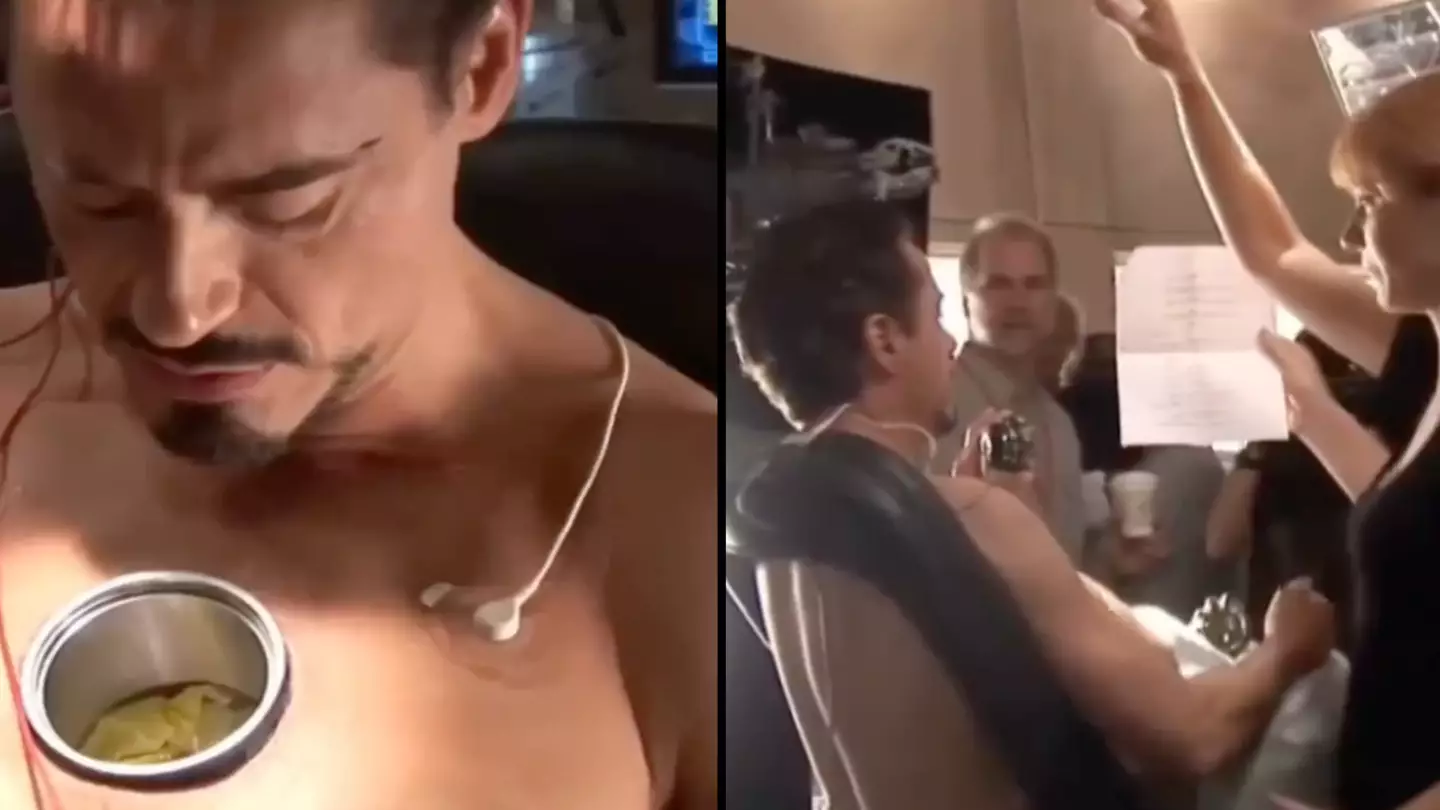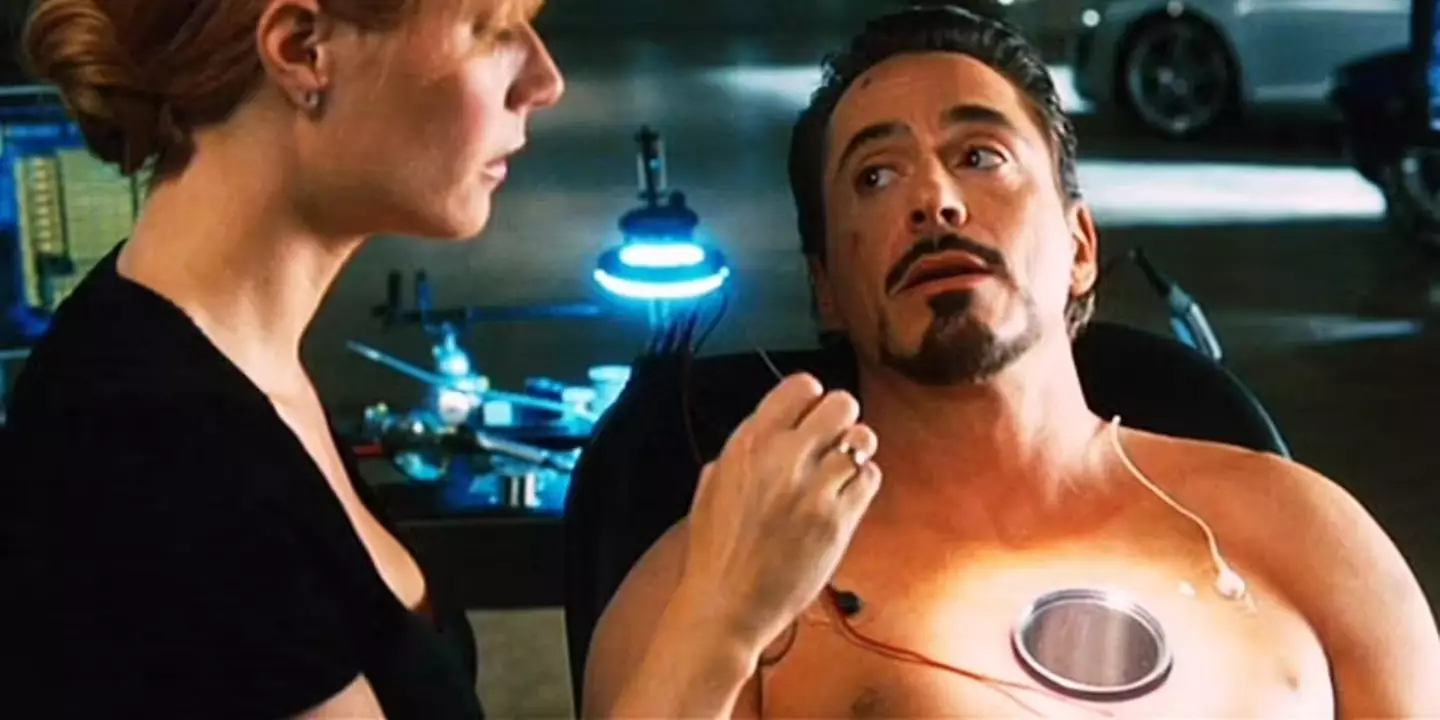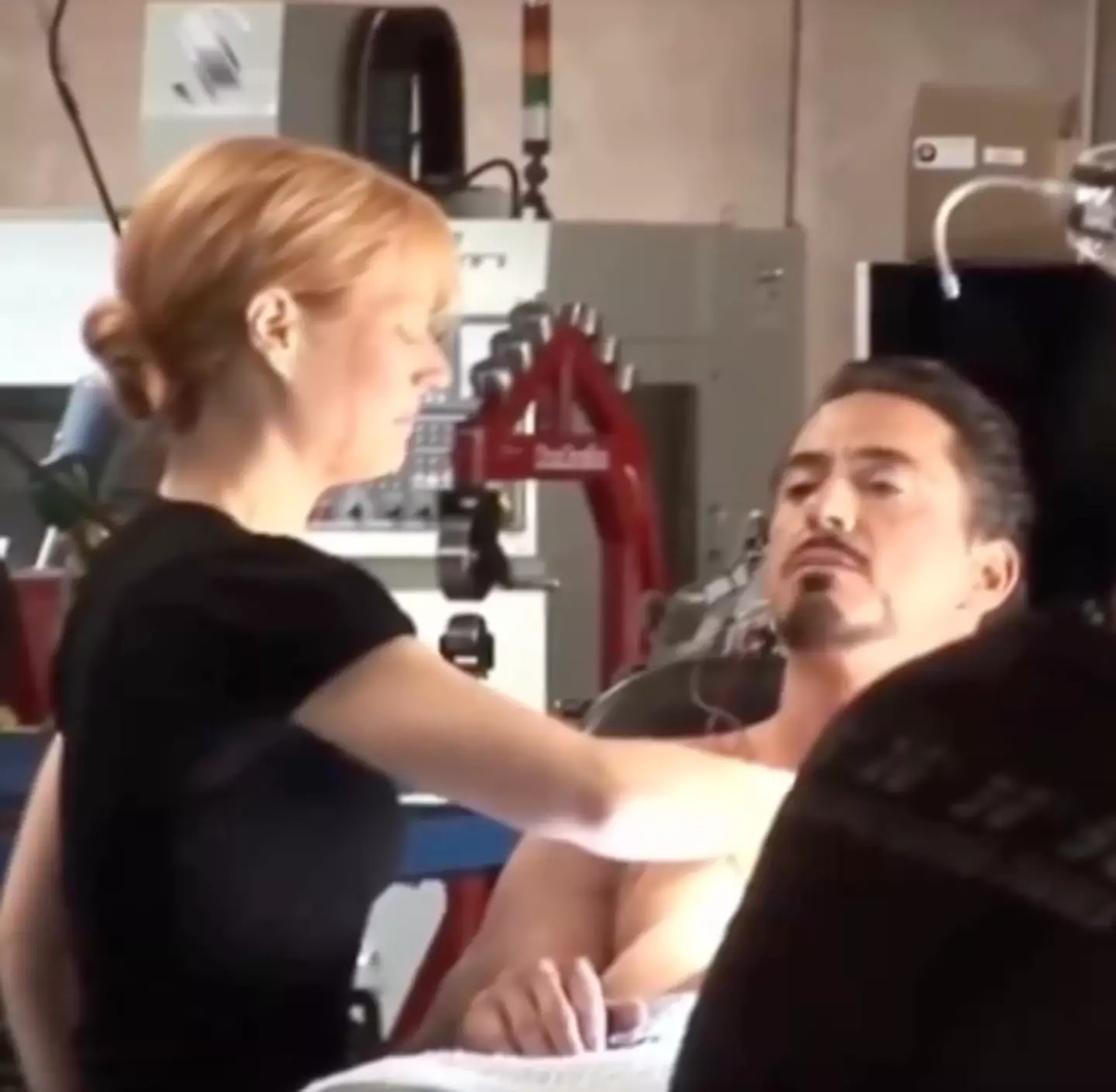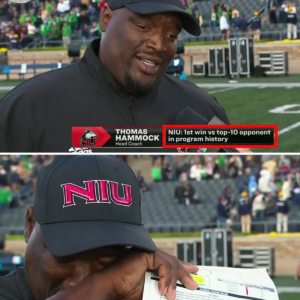Marvel fans are discussing if he ‘actually had a hole in his chest’

The 2008 release of Iron Man marked a pivotal moment in cinematic history, not just for the superhero genre but also for actor Robert Downey Jr. The film resurrected his career, transforming him into the beloved Tony Stark, a character that would become the cornerstone of the Marvel Cinematic Universe (MCU).
But beyond Downey Jr.’s stellar performance, one element that continues to fascinate fans is the visual effect that made it appear as if Tony Stark had a hole in his chest, housing the iconic arc reactor.
Even years after the movie’s release, fans are still buzzing about how Marvel Studios achieved this seemingly impossible effect. The arc reactor, which Tony Stark constructs to keep shrapnel from reaching his heart after being injured and kidnapped in a war zone, became a defining feature of his character.

The sight of Stark with the glowing reactor embedded in his chest is one of the most memorable images in the MCU, leading many to wonder, “How did they make it look so real?”
Recently, discussions reignited online after a behind-the-scenes video resurfaced, showing how the Marvel team created the illusion. Some fans, after watching the clip, were so convinced by the effect that they genuinely questioned whether Robert Downey Jr. had somehow actually gotten a hole in his chest for the role.
“Does he actually have a hole in his chest?” one fan tweeted, while another exclaimed, “Damn bro really had a hole in his chest.” The realism of the effect clearly left a lasting impression.
So, how did they do it?
The answer lies in a combination of prosthetic design, practical effects, and clever cinematography. The Marvel Studios team used a prosthetic chest with a built-in hole designed specifically to house the arc reactor. This prosthetic was carefully crafted to match Downey Jr.’s body, ensuring a seamless look when it was filmed.

One of the tricks that made this effect so convincing was the use of a bright light source within the prosthetic. This light not only illuminated the reactor, giving it that iconic glow but also helped to obscure any potential shadows or imperfections that might have revealed the prosthetic’s true nature.
The result was an effect so flawless that even after multiple viewings, audiences found themselves questioning whether what they were seeing was real.
Another key element was the positioning of Downey Jr. during filming. While the shot often appeared as if the actor was lying down, he was, in fact, standing up, with the prosthetic chest attached to his body. This helped maintain the realism of the effect, ensuring that the arc reactor appeared to be an integral part of Stark’s body rather than a mere prop.
Interestingly, this technique of using a prosthetic torso with integrated lighting wasn’t entirely new. A similar method was employed in Star Trek: First Contact to create the first look at the Borg Queen, demonstrating the lasting impact of practical effects in the world of filmmaking.
The success of the arc reactor effect is just one example of how Iron Man not only rejuvenated Robert Downey Jr.’s career but also set a new standard for visual effects in superhero films. Downey Jr.’s journey from a troubled actor struggling with substance abuse issues to becoming one of Hollywood’s most bankable stars is nothing short of remarkable.
Iron Man arc reactor behind the scenes pic.twitter.com/gkMp8hsqAE
— Historic Vids (@historyinmemes)
August 19, 2024
His portrayal of Tony Stark across 10 MCU films over 11 years has cemented his legacy, culminating in the unforgettable “I Am Iron Man” moment in Avengers: Endgame.
And while Downey Jr. didn’t win an Oscar for his role as Iron Man, his recent win for Best Supporting Actor in Christopher Nolan’s Oppenheimer is a testament to his enduring talent and resilience.
As fans continue to celebrate his work and marvel at the magic of the MCU, the story of how Tony Stark’s arc reactor was brought to life remains a fascinating chapter in the annals of movie history.
News
😎👌🔥 Northern Illinois HC Thomas Hammock’s Emotional Victory Over Notre Dame
In the realm of college football, victories are often celebrated with exuberance and fanfare. However, some wins resonate deeper, touching the very core of human emotion. One such moment unfolded recently when Northern Illinois University’s head coach, Thomas Hammock, led…
🧎♂️ John Elway’s Controversial Stance: Kneel During the Anthem and Face the Consequences
In a bold and highly controversial move, legendary NFL figure and former Denver Broncos coach, John Elway, has ignited a firestorm of debate with his firm declaration that kneeling during the national anthem will no longer be tolerated on his…
🏋🏽🔥💪🏼🎧 THE HEARTFELT TRIUMPH: Coach Thomas Hammock’s Emotional Victory Over Notre Dame
In the world of college football, few moments resonate as deeply as a historic victory, especially when it comes against a powerhouse like Notre Dame. This past Saturday, Northern Illinois University (NIU) achieved the unthinkable by defeating the Fighting Irish…
🤼 The Controversy of Nike and Colin Kaepernick: A Deep Dive into Harrison Butker’s Bold Stance
In the world of sports, few topics ignite as much passion and debate as the intersection of politics and athletics. Recently, NFL kicker Harrison Butker has made headlines with his outspoken criticism of Nike, a brand that has been synonymous…
💶 Harrison Butker’s Bold Stand: Turning Down $25 Million from Nike
Harrison Butker, the star kicker for the Kansas City Chiefs, has made headlines for his audacious rejection of a staggering $25 million partnership with Nike. His bold statement, “Not even $1 billion could save their woke brand!” has sparked both…
🙀 Tua Tagovailoa’s Latest Concussion Scare: A Deep Dive into the Incident and Its Implications
In the world of professional football, injuries are an unfortunate reality, but few are as alarming as those that involve head trauma. The latest incident involving Miami Dolphins quarterback Tua Tagovailoa during a Thursday Night Football game against the Buffalo…
End of content
No more pages to load











